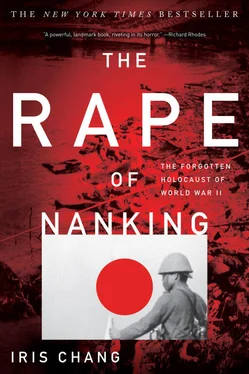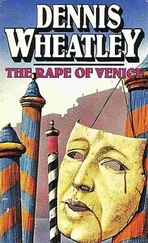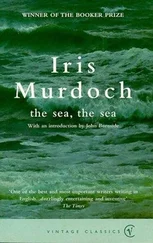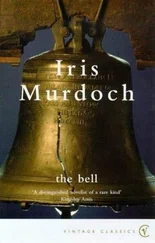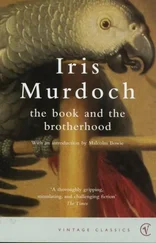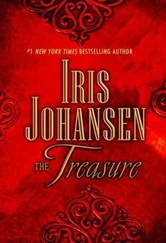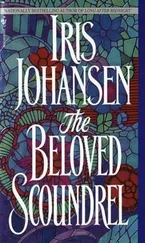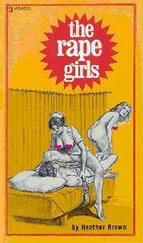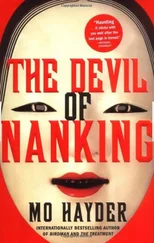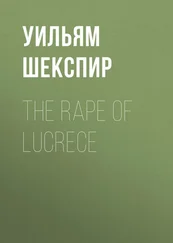“Few know that soldiers impaled babies on bayonets and tossed them still alive into pots of boiling water,” Nagatomi said. “They gang-raped women from the ages of twelve to eighty and then killed them when they could no longer satisfy sexual requirements. I beheaded people, starved them to death, burned them, and buried them alive, over two hundred in all. It is terrible that I could turn into an animal and do these things. There are really no words to explain what I was doing. I was truly a devil.”
NANKING. A city long celebrated as one of China’s greatest literary, artistic, and political centers, a city that served as the ancient capital of China from the third century to the sixth, and then intermittently after the fourteenth century. It was in Nanking that the canons of Chinese calligraphy and painting were set, that the four-tone system of the Chinese language was established, that some of the most famous Buddhist scriptures were edited and transcribed, and from which the classic “Six Dynasties” essay style (a blending of Chinese poetry and prose) emerged. It was in Nanking in 1842 that the treaty ending the Opium Wars was signed, opening China to foreign trade. And it was in Nanking in 1911 that the Nationalist leader Sun Yat-sen became the first provisional president of his nascent Republic of China. Today it proudly holds his tomb.
Mention the name Nanking to any Chinese, and he or she will draw you a picture of a city filled with ancient imperial palaces, lavish tombs, museums, and memorials. The picture would include the intricately carved stone statues of warriors and animals built during the Ming dynasty, the famous Drum Tower (Marco Polo saw the original one seven hundred years ago—the modern version was built three centuries later by a military leader who beat a huge drum from the tower to signal his soldiers), and the scenery on the outskirts of Nanking—temples perched on nearby mountains and hills, tea pavilions and lotus blossoms on its lakes, a massive bridge spanning the Yangtze River.
For centuries, water and mountain provided not only beauty for Nanking but military protection. The Yangtze River to the west and the Purple Mountain to the east shielded the city “like a coiling dragon and a crouching tiger,” to borrow an ancient phrase describing Nanking’s natural strength.
But sadly, three times Nanking has been an invaded city.
The first invasion occurred more than a millennium ago, at the end of the sixth century, when barbarian hordes demolished every important building in the city and even plowed up the land inside the walls. The second came more than one thousand years later, between 1853 and 1864, when the Taiping rebels captured the city. They were led by the fanatical leader Hong Xiuquan, who, after failing scholarly examinations that would have guaranteed him a place in the nation’s elite, convinced himself and others that he was the younger brother of Jesus Christ. The attempt he then spearheaded to overthrow the Qing dynasty eventually killed some twenty million Chinese over thirteen years. The rebels used Nanking as their capital for more than a decade until they were driven out, at which time they reduced the city to smoldering ruins and even smashed the Porcelain Pagoda, a multicolored tower of glazed tiles considered the most beautiful structure of its kind in China.
For the remainder of the nineteenth century, Nanking slumbered in peace and obscurity. When the Manchu emperors resumed their reign of China from the northern city of Peking, Nanking became nothing more than a cultural relic. It would not regain its importance until the Nationalists overthrew the Qing and anointed Nanking as China’s capital, which it officially became in 1928.
By 1937, the year of the Rape, the old Nanking, the Nanking of the Quing dynasty, was competing with the new Nanking of the Nationalists. Vestiges of the old China remained in the streets of the capital: the restaurant vendors balancing tiny rice bowls and teapots on baskets from poles, the hand weavers hunching over looms of silk in open-air factories, the noodle-shop workers stretching pasta by hand, the tinsmiths jangling their tin wares through the streets, the cobblers mending shoes before the doors of their customers, the candy made before the eyes of eager children clutching copper coins with square holes in the middle, the men with squeaking wheelbarrows piled so high with reeds that one could see neither the wheelbarrow nor the man. Yet the new was everywhere—in the asphalt roads that gradually replaced dirt and cobblestone paths, in the electric and neon lamps that replaced the last of the flickering gaslight, candle, and oil lamps, in the water that flowed from taps instead of being sold on the streets by the casketful. Honking buses and automobiles filled with military officials, bureaucrats, and foreign diplomats wove their way past ricksha pullers, mule carts laden with vegetables, and ambling crowds of pedestrians and animals—dogs, cats, horses, donkeys, even the occasional water buffalo or camel.
But part of the old seemed as if it would never change. Encircling the city was an ancient, immense stone wall built during the Ming dynasty, a wall that one missionary called one of the greatest wonders of the world. Surely, he proclaimed, if one were permitted to drive on top of it, that person would see one of the most spectacular views in China. From atop the wall at the southern tip of the city, one could see beyond crenellated gray battlements, the dust-gray brick of the working-class districts, the red and blue tile roofs of some of the more affluent homes, then, peering northward, some of the taller, modern buildings of the government district: the ministries and embassies built in Western-style architecture.
Gazing toward the northeast, one might detect the glistening white Sun Yat-sen mausoleum against the darker sweep of Purple Mountain and dots of country villas owned by the wealthiest and most powerful citizens of Nanking. Then, looking to the northwest, one might catch glimpses of the industrial activity on the waterfront: the fingers of smoke from the factories, the inky smudge of the coal port, the steamships and gunboats near the dock, the tracks of the North China railway and the Shanghai-Nanking railway slashing across the city and horizon to intersect at the station in Hsiakwan, a northern suburb. Along the horizon one might see the giant, brawling, khaki-colored waters of the Yangtze River, curving west and north beyond the walls of Nanking.
In the summer of 1937 all these lustrous, cacophonous parts of Nanking lay under a blanket of somnolence. The air, soggy with humidity, had long earned the capital its title as one of “the three furnaces of China.” The heat, mingled with the pungent odor of the night soil of nearby fields, drove many of the rich out of the city during the worst of the summer heat to seaside resorts. For those who remained, summer was a time of frequent naps, of lazy swishes of reed or bamboo fans, of houses draped with bamboo matting to shade them from the sun. In the evenings neighbors fled from the ovens of their homes by pulling lawn chairs into the streets to gossip the night away and then to sleep in the open air.
Few could predict that within months war would march by their very doorsteps—leaving their homes in flames and their streets drenched with blood.
On August 15, Chang Siao-sung, an instructor of psychology at Ginling College, had just lain back in bed for a nap when she heard the shriek of a siren. “Are they giving us an air-raid practice?” she thought. “Why didn’t I see an announcement in the morning papers?”
When fighting had broken out between Chinese and Japanese forces in Shanghai earlier that month, forcing the Nanking government to ready itself for possible enemy attacks elsewhere as well, Chinese officials not only held practice air-raid drills in the city but ordered residents to camouflage their houses and create bomb shelters. Across Nanking men painted black the red rooftops and white walls of their houses or dug holes in the ground to hide in. It was as if the city were preparing for a “funeral on a large scale,” remembers Chang eerily.
Читать дальше
